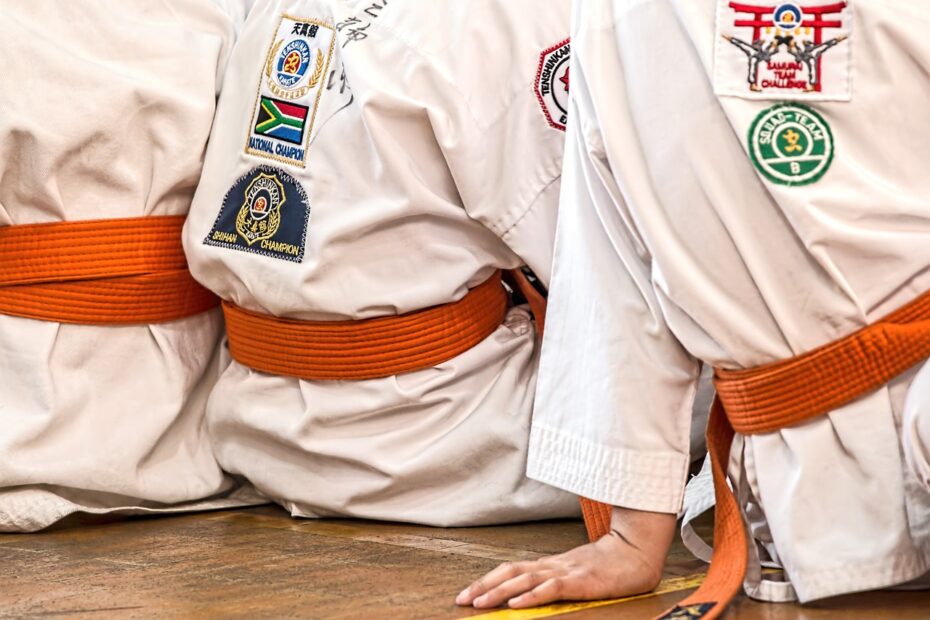Embarking on a journey into the world of martial arts is an exciting and transformative experience. However, with countless schools and styles to choose from, finding the perfect fit can seem like a daunting task. Fear not, as we provide this guide for discovering the martial arts school that aligns perfectly with your goals, values, and aspirations. So, grab your gi and join us as we navigate the path to finding your martial arts home.
Understanding Your Goals
Before diving into the specifics of martial arts schools, it’s crucial to identify your personal goals. Are you looking to improve your fitness, learn self-defense, compete in tournaments, or pursue personal growth? Understanding your objectives will help you choose a style and school that aligns with your aspirations.
Exploring Different Styles
When it comes to selecting a martial arts style, it’s essential to look beyond what’s trendy or popular among your peers. Instead, choose a style that resonates with you on a deeper level and aligns with your personal goals and values. Consider how each style can contribute to your overall development, both physically and mentally. Once you’ve identified a style that speaks to you, don’t hesitate to spar with practitioners from different styles to ensure that you’re well-rounded and capable of handling various combat scenarios, whether they involve stand-up or ground fighting.
Assessing the Instructor
The role of the instructor cannot be overstated in your martial arts journey. As you evaluate potential schools, pay close attention to the qualifications, experience, and teaching style of the instructor. Seek out instructors who are not only skilled martial artists but also passionate educators dedicated to nurturing their students’ growth and development. Don’t hesitate to ask questions, request a trial class, or speak with current students to gain insight into the instructor’s effectiveness and ability to foster a positive learning environment.
Evaluating Real-Life Application
In addition to mastering techniques and forms, it’s crucial to focus on real-life application in your martial arts training. Look for schools that incorporate sparring, self-defense drills, and scenario-based training into their curriculum to ensure that you’re not only learning theory but also developing practical skills that can be applied in real-world situations. Furthermore, seek out instructors who have firsthand experience in real-life combat scenarios, as their insights and expertise can prove invaluable in your martial arts journey.
Class Structure and Schedule
Consider the class structure and schedule flexibility of the school. It’s important to find a school that offers classes at times that fit your schedule and has a well-organized curriculum that progresses logically. This ensures that you can consistently attend and make steady progress.
Community and Culture
The community and culture within a martial arts school are vital for a positive learning experience. Look for a supportive and respectful environment where students encourage each other and foster camaraderie. Visiting schools to observe the atmosphere and interactions can give you a good sense of the community you will be joining.
Facility and Equipment
Check the quality and cleanliness of the facility and equipment. A well-maintained dojo with proper training gear reflects the school’s professionalism and commitment to providing a safe training environment.
Trial Classes and Introductory Programs
Many martial arts schools offer trial classes or introductory programs. Take advantage of these opportunities to get a feel for the style, instructor, and overall environment before making a commitment. It’s a great way to ensure that the school is the right fit for you.
Cost and Commitment
Evaluate the financial aspects and level of commitment required by the school. Consider the cost of tuition, equipment, and any additional fees. Also, be aware of the typical length of commitment, whether it’s monthly, quarterly, or annually, and understand any contracts involved.
Age and Physical Condition
Ensure that the school caters to your age group and physical condition. Whether you are a young child, adult, or senior, the school should offer appropriate classes and have instructors skilled in handling different age groups and fitness levels.
